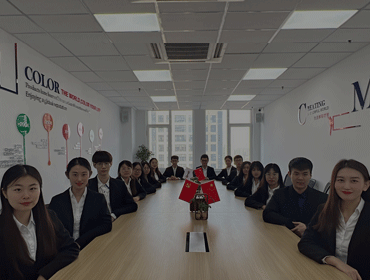Masterbatch pigment is one of the main applications of pigment, which contains many kinds, such as PVC masterbatch, PP masterbatch, etc..How to choose the pigment masterbatch?In fact, is also one of the problems that plastic factory has been concerned about.
The selection standards of pigments for masterbatch should not only refer to ink, coating and other relevant technical standards, but also consider the processability and application needs of products, heat resistance, migration, weather resistance, solubility and so on. As well as interacting with polymers or additives, this choice of pigments is not only brilliant, but also colorfast and durable. The main properties and evaluation methods of pigments for masterbatch are introduced.
1.Coloring power
The tinting force of toner refers to the amount of pigment required for a certain color product, expressed by the percentage of tinting force of standard sample. The tinting power of pigment is not only related to its properties, but also to the dispersion degree of pigment. The degree of dispersion mainly refers to the degree of pigment refinement, the greater the degree of dispersion, the stronger its coloring power, but there is a maximum value, more than this value of coloring power decline.
2.Heat resistance
The heat resistance of plastic pigments refers to the degree of change in color or properties of pigments at processing and application temperatures. When considering the heat resistance of pigments, we should also consider the heating time. Plastics are processed in products at the same time, different processing methods and different heating time.
3. Tolerance to migration
The mobility of pigment is to point to coloring plastic goods and other solid, liquid, gas and other state material long-term contact or work below specific environment, likely and afore-mentioned material produce chemical action. Surface color migrates from within the color material or into adjacent plastics or solvents.
4.Light resistance and weather resistance
Some pigments vary in color under the irradiation of light. Most of the inorganic pigments have light resistance, and the organic pigments in plastic products will cause changes in the molecular structure of pigments and other reasons, which will affect the saturation and even fade.




